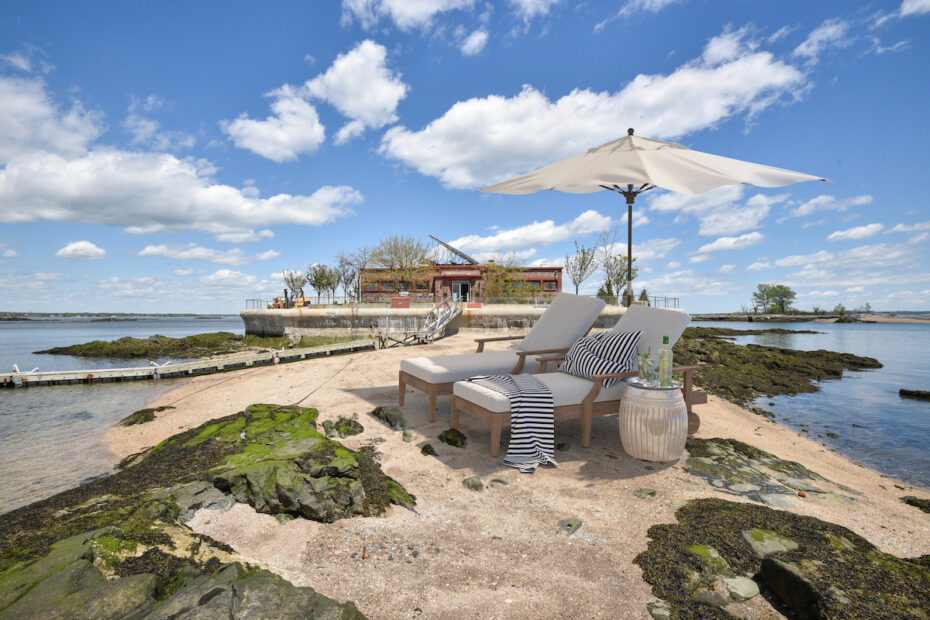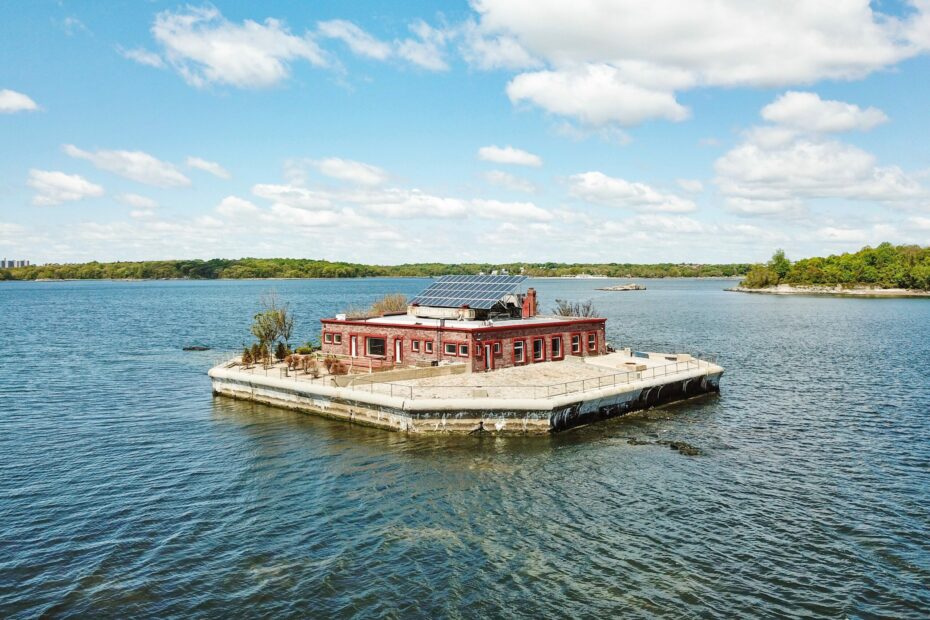
As far as islands go, Manhattan is one of the most famous and instantly recognisable. But if you were to charter a boat and sail around its coastline and through New York’s natural harbour you’d come across many more islands so small that hardly anyone knows are there. There are around thirty or so of these odd little islands, all mostly uninhabited or privately owned and strictly off limits, but filled with strange tales and peculiar histories.
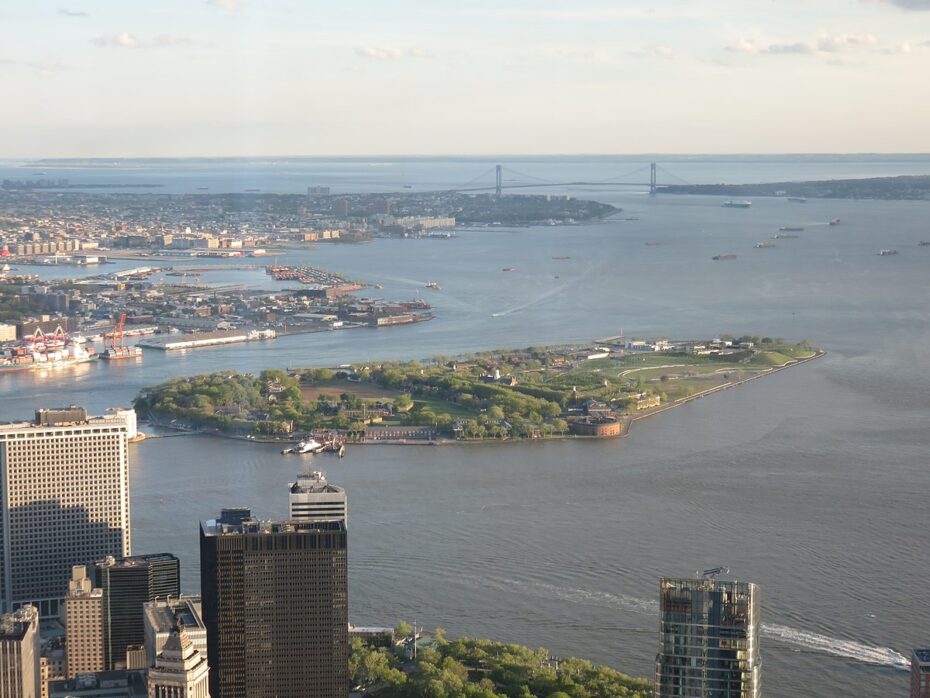
Many of these islands are tantalisingly close to New York City, but remain out of reach. As travel writer Robert Sullivan put it “the islands are our silent neighbours. It is easy to live here and never notice them.”
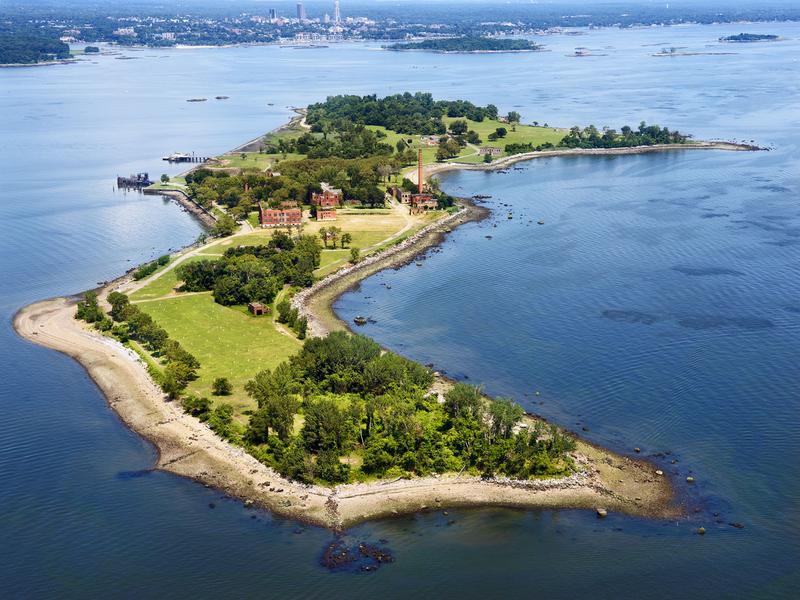
Some of these small islands are more infamous than others: Hart Island, just a mile long at the beginning of Long Island Sound is home to a potters field of nearly a million unclaimed graves, the city’s “unknown”, as well as the ruins of a Civil War prison camp and a psychiatric hospital. The only people who regularly set foot on Hart Island are inmates from nearby Rikers Island prison, who are charged with burying the anonymous dead.
Over in the East River, North and South Brother Islands are also closed off to the public but are filled with the old ruins of abandoned quarantine hospitals, now home to a protected wildlife preserve.
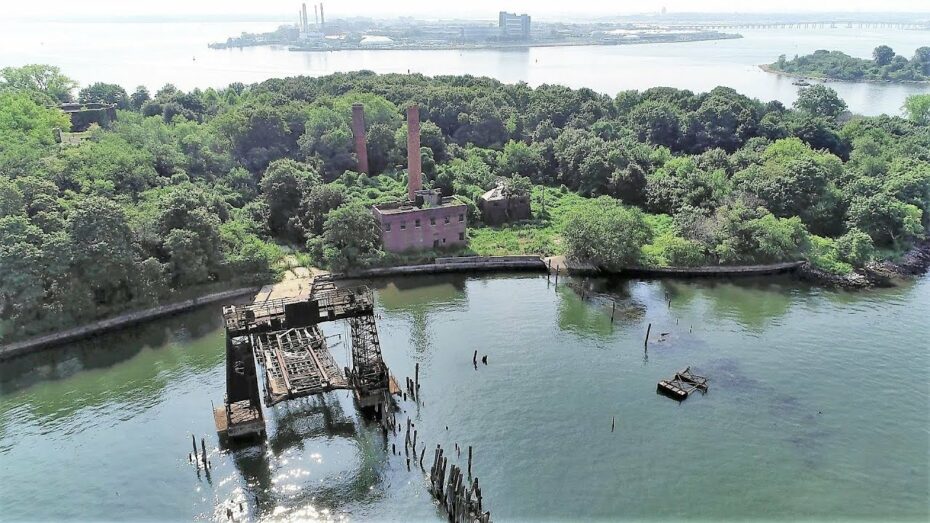
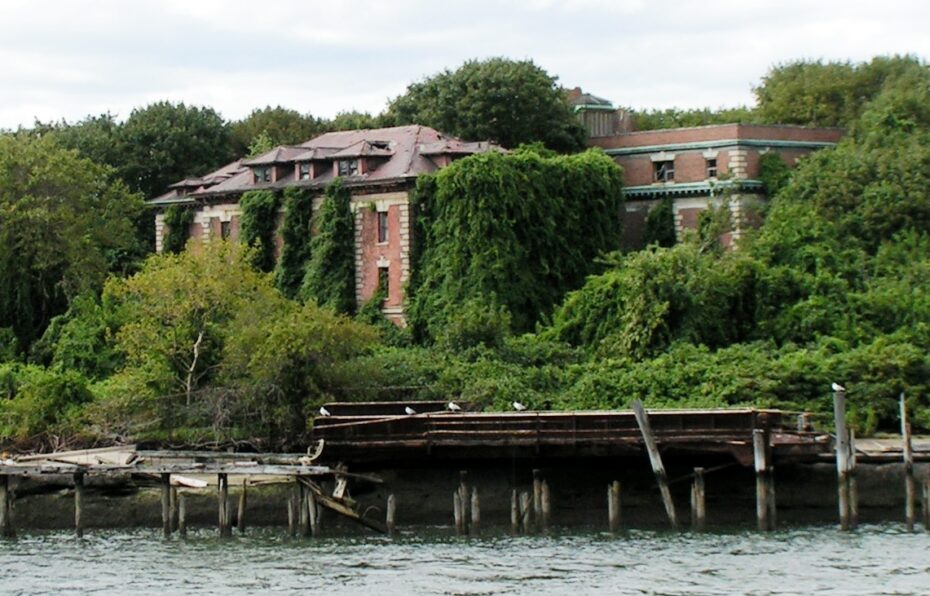
Other islands are far less known and much smaller. Not far from Hart Island is the minuscule Rat Island, which despite its name is not home to a colony of rats, but just a spectacular tall statue of William Tell, placed there by the private island’s Swiss owner.
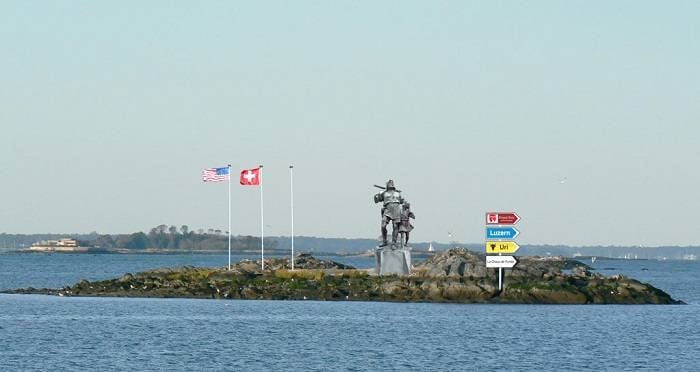
Some islands have captivating names such as the Chimney Sweeps, or Huckleberry Island, ten acres of mostly undisturbed forest that is thought to be one of the burial places of William Kidd’s missing treasure. A little further out in Long Island Sound you’ll find Execution Rocks, given its grisly name with good reason: during the Revolutionary War British soldiers chained American patriots to the rocks to drown at high tide.
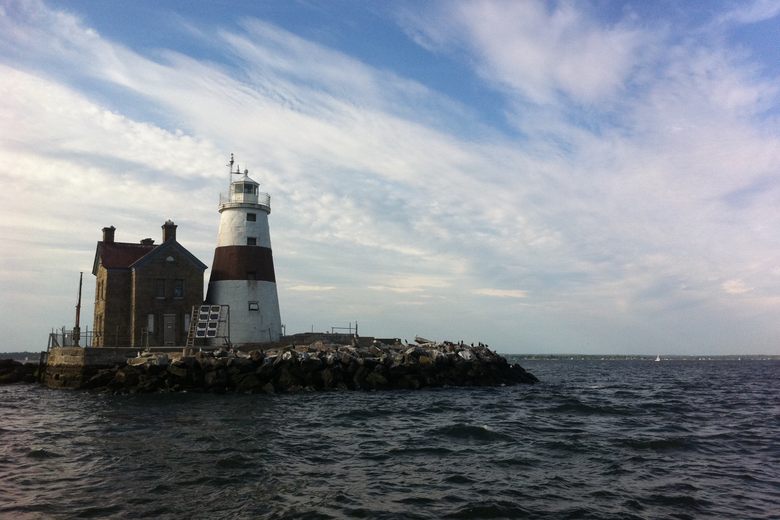
This story however, is about one such tiny island, just 150 feet square, and so small you can barely spot it on Google Maps unless you knew where to look. Once known as Little Pea Island, it is located about a mile off shore from Pelham Bay Park in the Bronx, and has room enough for just one building. It has been home to a Jazz Age era swanky yacht club, a radio station and for a while, the home to a glitzy Hollywood showbiz couple who ran a morning radio show from their home on the island. The last owner recently renovated the island into a self-sufficient, five thousand square feet luxury home, which today lies empty.
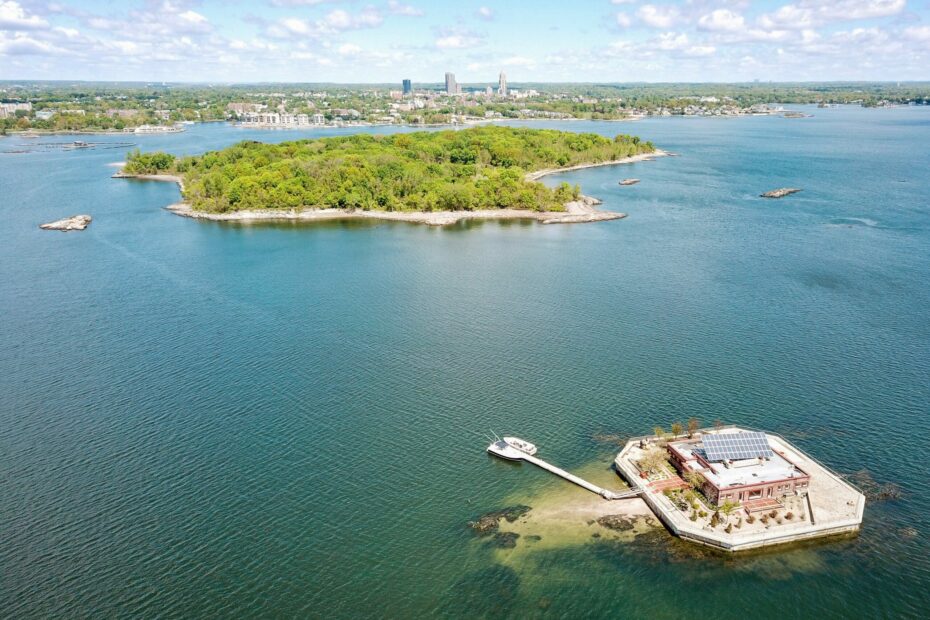
Eighty years ago, Little Pea Island was much easier to spot thanks to a 410-foot high radio transmitter installed on it by the Columbia Broadcasting System. Then as now, CBS was one of America’s principal broadcasters, and the company found the salt water of Long Island Sound ideal for carrying radio waves. In 1939, CBS bought the island from the Huguenot Yacht Club, an exclusive sailing club that built a fancy clubhouse there during the 1890s, from where they won the prestigious America’s Cup Regatta in 1895.
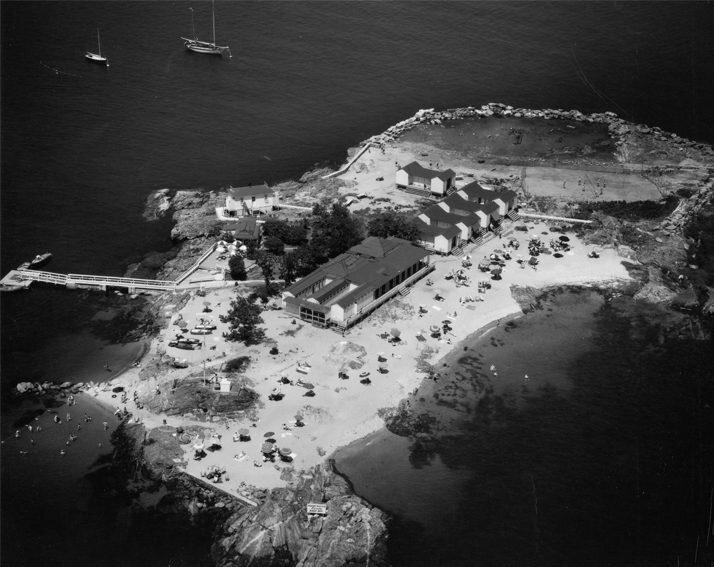
CBS renamed the tiny outcrop Columbia Island and began to install a state of the facility that could reach audiences of over 14 million people. “Radio Island comes to life” reported the New York Times in 1941 as “a tiny island of steel, concrete, copper and glass has grown out of the waves of Long Island Sound […] resembling the antenna of a huge insect […] will spring into ethereal activity for the first time as the new station of the Columbia Broadcasting System […] the newest, perhaps the most revolutionary broadcasting unit ever devised.”
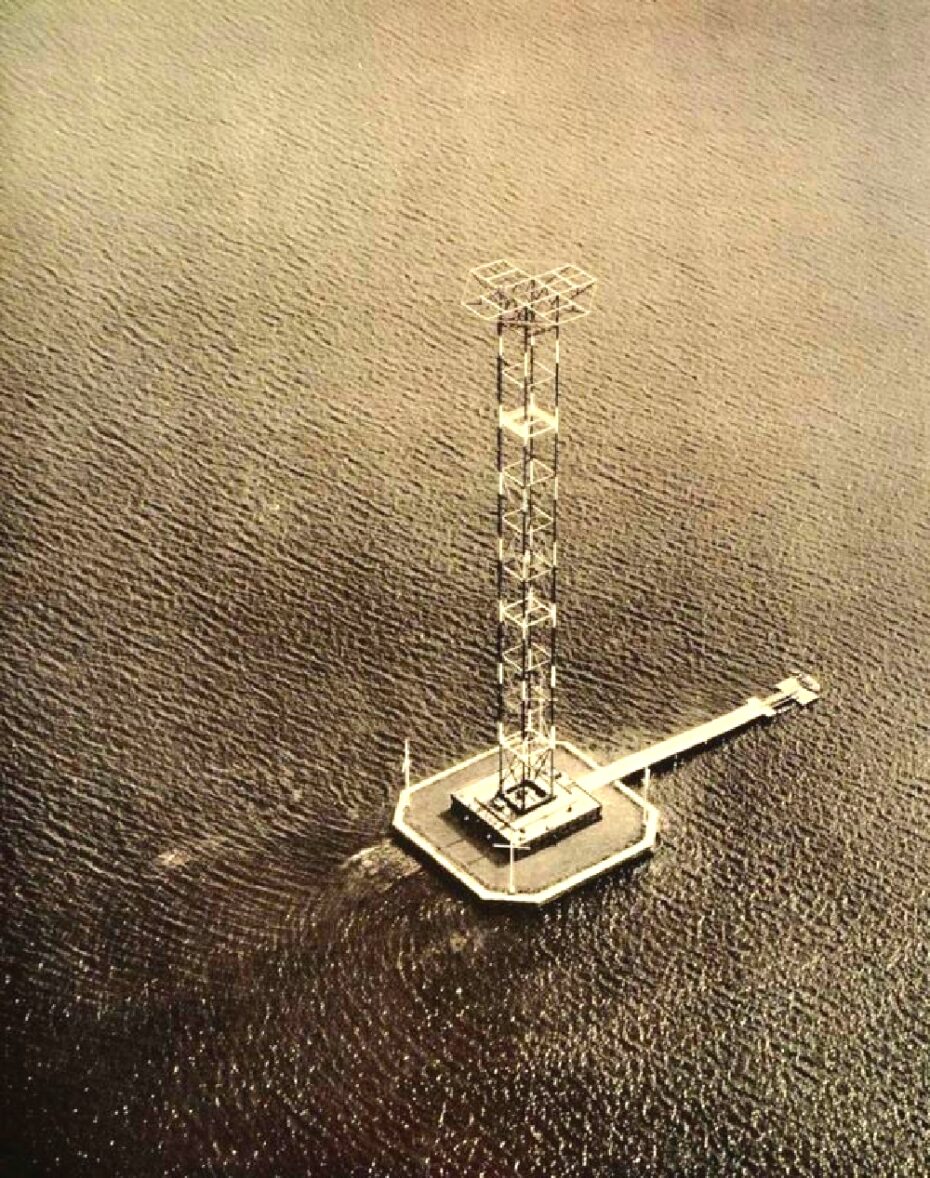
Protected by a sixteen foot sea wall, the transmitter comprised of a concrete bunker, had living quarters and workshops for the ten engineers maintaining “the strongest transmitter to send radio waves past the steel skeletons of Manhattan skyscrapers.” CBS’s new station was so powerful that on good weather days it could be heard as far away as Florida and Chicago.
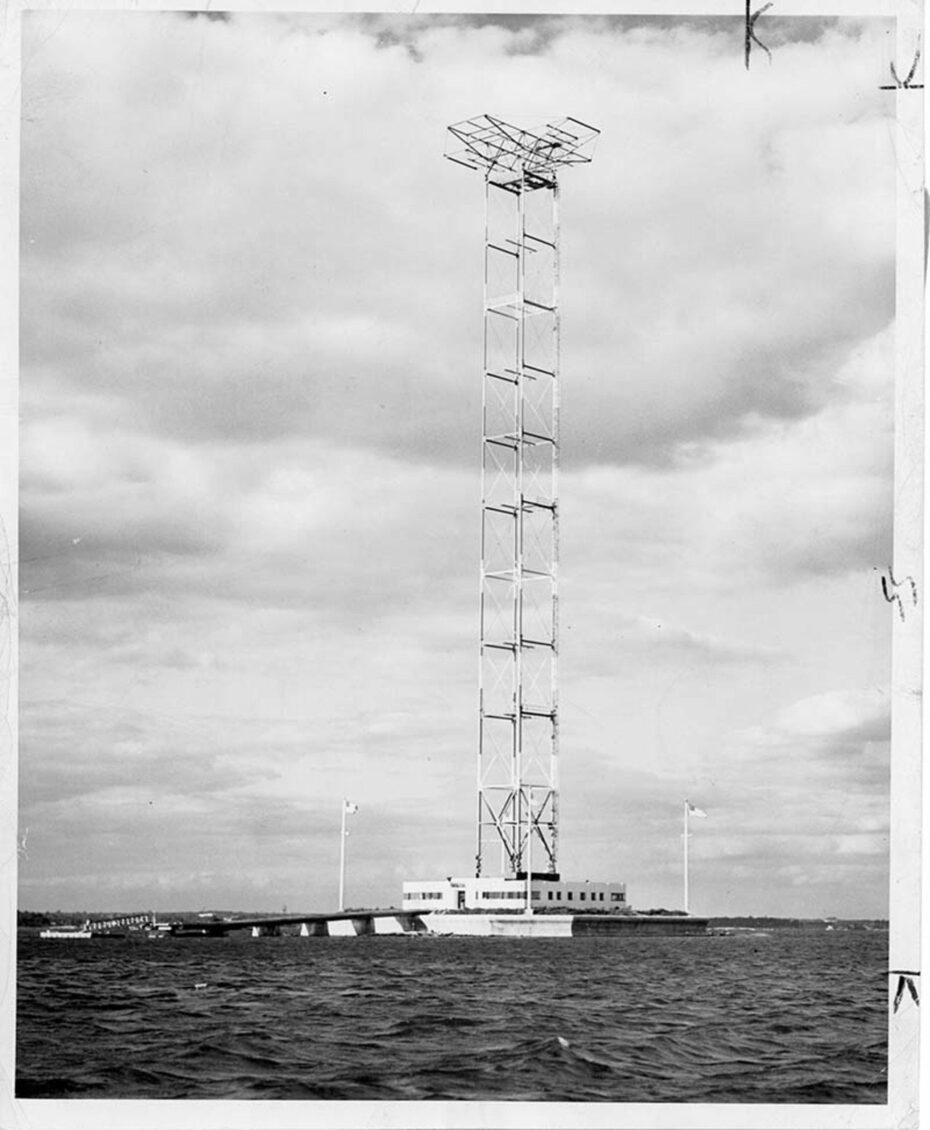
The bleak small rocky outcrop was transformed at a cost of $500,000 into what the New York Times described as the “fighting top of battleship [on a ] swanky, streamlined yacht club […] the concrete abutment on which the building and mast rest is streamlined, curved outward like a clipper’s bow to toss high waves back upon themselves.”
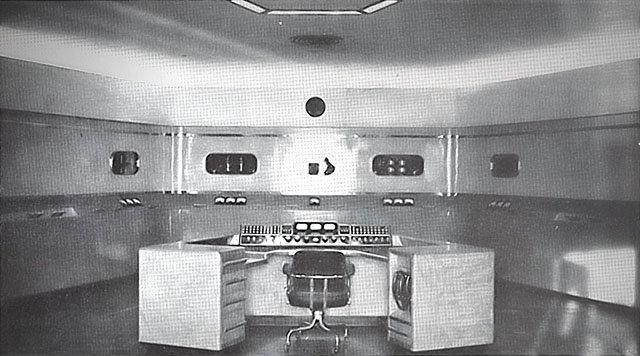
The new facility was launched with great fanfare on October 18th, 1941, transmitting a show from CBS headquarters on Madison Avenue and 52nd Street. “With a salute by two Mayors,” reported the New York Times, “electric switches were were thrown and the new key station of the Columbia Broadcasting System on Columbia Island in Long Island Sound went into action last night shortly after 10 o’clock.” The broadcast featured the ‘First Lady of Radio’ Kate Smith before the pick ups switched to Hollywood where Orson Welles could be heard.
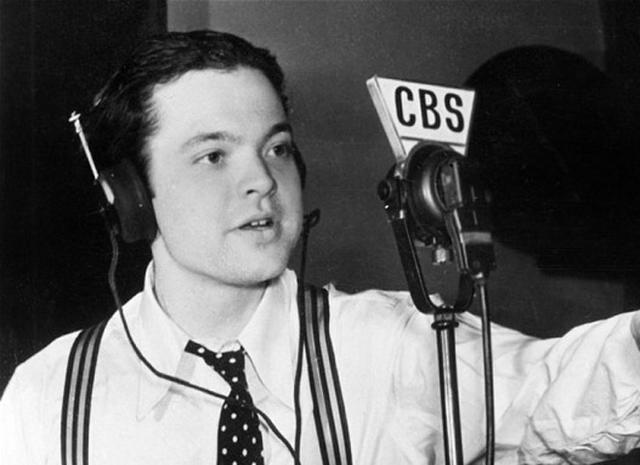
The bleak cluster of rocks took a turn for the glamorous when WCBS moved their antenna to nearby High Island in 1963, selling Columbia Island to the show business couple Peter Lind Hayes and Mary Healy. The former Miss New Orleans and her vaudeville husband worked almost exclusively with each other for fifty years on television, radio and stage, hosting the Tonight Show, appearing at the Sands Resort in Las Vegas and the Copacabana in Manhattan, as well as their own sitcom ‘Peter Loves Mary’, and were regular guests on quiz shows such as ‘What’s My Line’ and the ‘Match Game’.
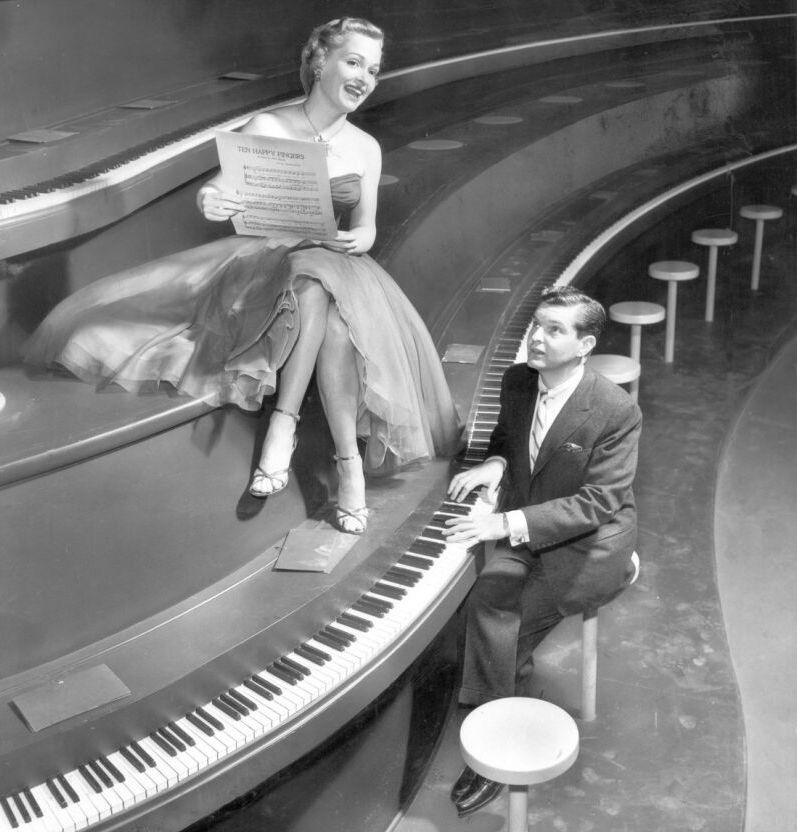
The celebrity couple moved to the small island from their home in New Rochelle, broadcasting a daily breakfast chat show. “We rarely agree, but lovingly!” Quipped Hayes. The couple called the island Paley’s Pebble after the CBS president William Paley, who transformed the small regional station into one of America’s largest.
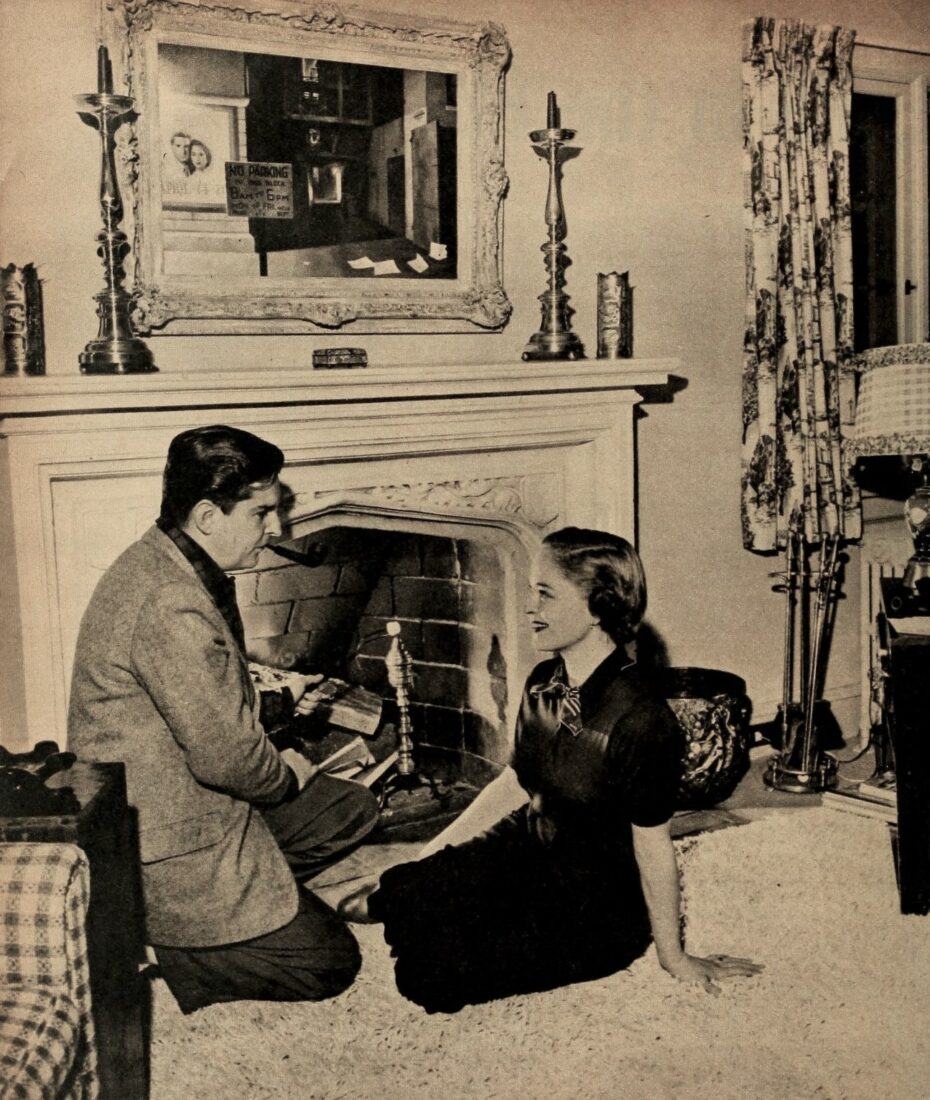
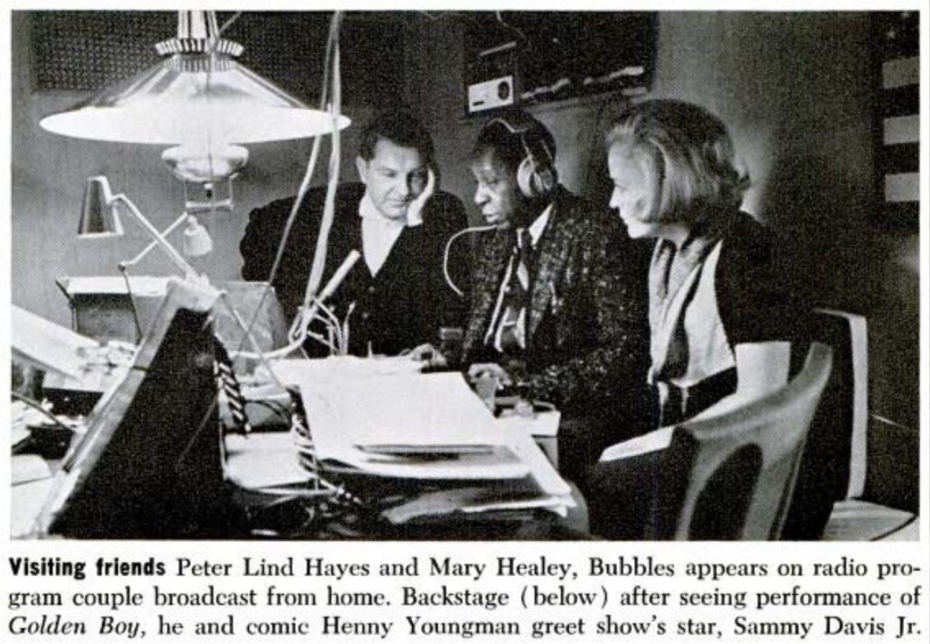
An increasing annual tax bill on Columbia island saw the glitzy couple donate the island to the College of New Rochelle, until it was bought in 2007 by pathologist Al Sutton for $1 million. The vintage radio equipment was replaced with a luxurious hexagonal shaped, self-sustaining home of 5,5000 square feet, complete with solar panels, four bedrooms, and a desalination machine to provide clean water from Long Island Sound.
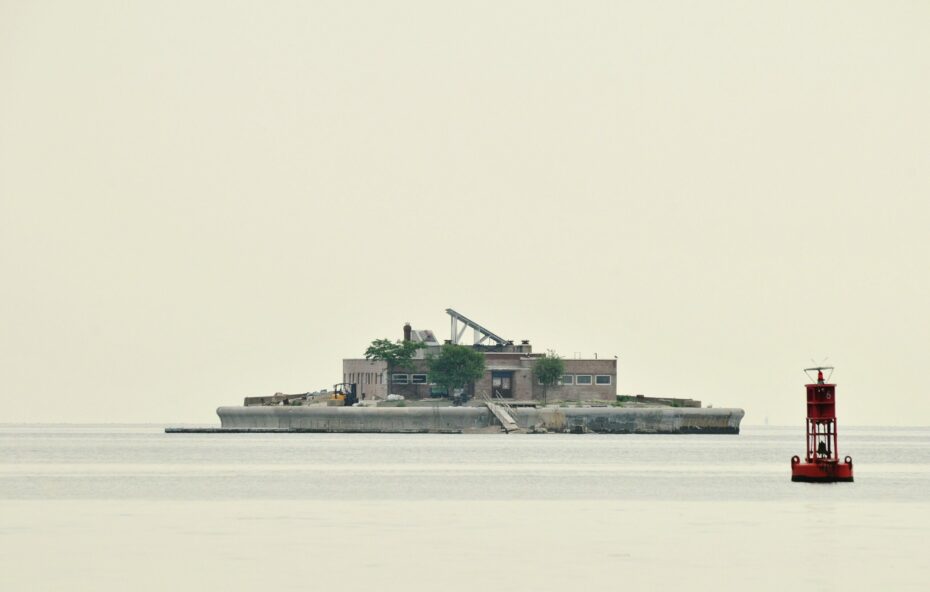
“You get on the island, even if it’s a wreck, and it’s just gorgeous—the sky, the tide, the birds, everything,” explained Sutton, “and that sort of blinded me and my thoughts. I just went, wow, what a zen experience this could be.” But the small island also became somewhat of a money pit, with Sutton spending $8 million to transform the old radio station into an island home. He even bought neighbouring Pea Island a year later for $450,000. “It protects whoever is going to own this from having a hostile neighbour or anything like that,” Sutton told the New York Times.
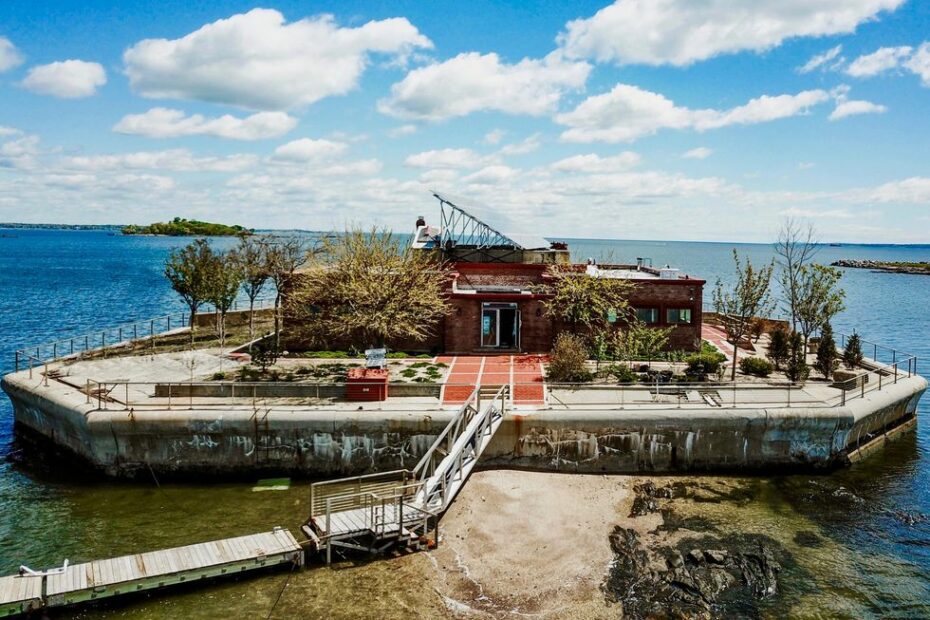
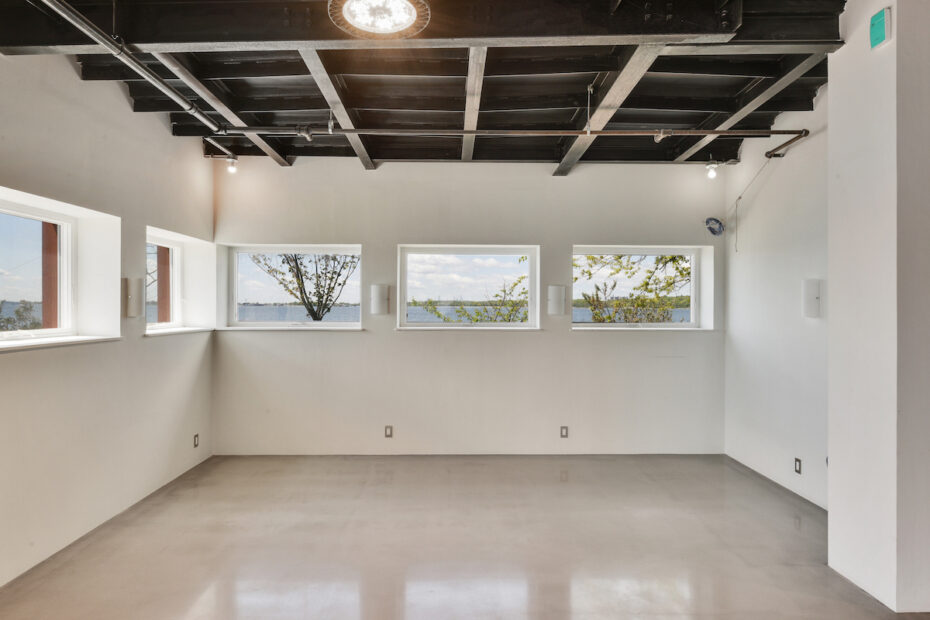
Despite all the work put into Columbia Island, Sutton claims to only ever spending one night there. “I was more ambitious when I purchased it,” Sutton explained, “and now, in my 80s, it’s not as practical.” The old radio island that once broadcast to millions was put up for sale in 2019 for $13 million and currently still sits empty. When most people picture an island paradise, remoteness is often one of the big draws. But what could be more enchanting than owning your own island home just a few minutes from the famous Manhattan skyline?
